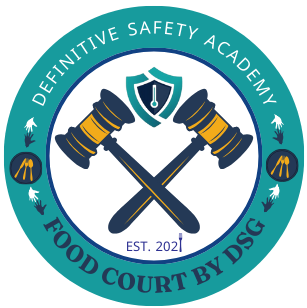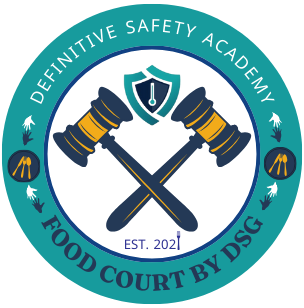The Problem with Traditional Food Safety Methods:
How AI is Changing the Game:
Artificial intelligence brings speed, precision, and automation to food contaminant analysis. Here’s how it’s making an impact:
Real-Time Contaminant Detection
AI-powered sensors and IoT devices can continuously monitor food production lines, analyzing environmental conditions, chemical compositions, and microbial presence. If a contaminant is detected, alerts are sent instantly, preventing unsafe products from reaching consumers.
Automated Quality Assurance
AI-driven automation is helping food manufacturers maintain strict quality control. AI-powered imaging systems inspect food products for defects, foreign objects, or irregularities in color and texture, ensuring only safe and high-quality products make it to market.
Enhanced Accuracy with Machine Learning
Machine learning algorithms can analyze vast amounts of data to identify patterns and predict contamination risks. Unlike traditional methods that require extensive manual testing, AI can process data in seconds, significantly reducing human error.
Predictive Analytics for Risk Prevention
AI doesn’t just detect contaminants—it helps prevent them. By analyzing historical data, AI models can predict potential contamination risks before they occur. This allows food manufacturers to take proactive measures, such as adjusting production processes or enhancing supplier inspections.
The Role of AI in Automating Food Safety
If you’re in the food industry and wondering how to implement AI-driven food safety, our Food Safety Mastery Course has got you covered! This course dives deep into:
- How AI-powered systems can be integrated into food production
- The best AI tools for real-time contaminant detection
- Strategies to automate quality control and minimize human error
- How predictive analytics can help prevent food safety risks
Join our newsletter
Get weekly updates on live streams, news, blogs and more right in your mailbox.
Thank you!

